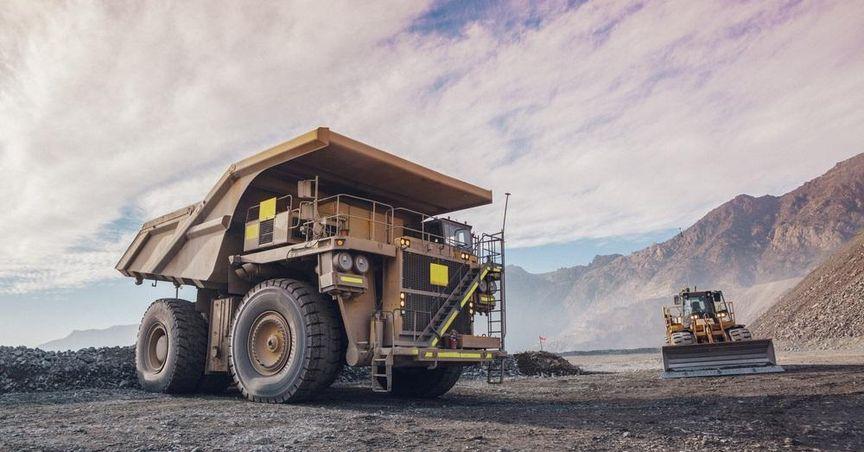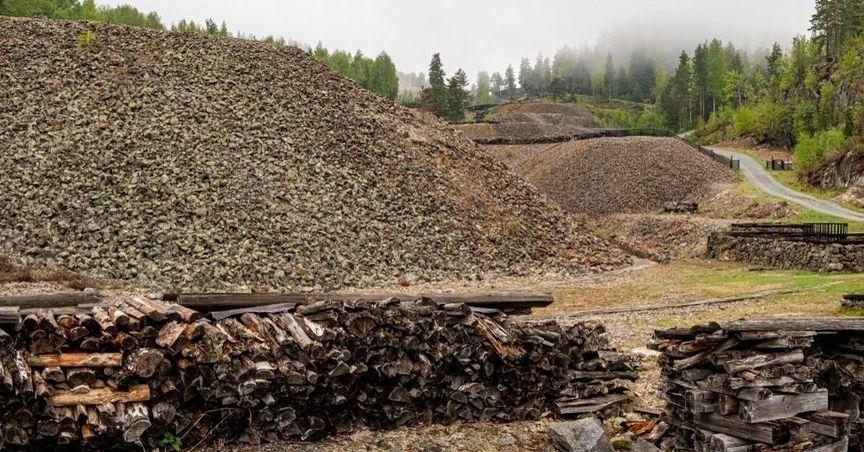Catch the latest updates from Australia's premier stock exchange & market indices.
Hey ! We have sent you a verification e-mail.
Please follow the instructions on the e-mail to complete your registration. If you can't find it, Please check your spam folder
EXPLORE KALKINEMEDIA.COM
Why GQG Partners (ASX:GQG) Is Gaining Interest Among ASX Financia...
July 17, 2025 04:19 PM AEST | By Team Kalkine Media

Adisyn Powers Ahead with Graphene Innovation via Advanced ALD Tec...
July 17, 2025 04:11 PM AEST | By Team Kalkine Media

Kairos Minerals Unveils Promising Growth Potential at Mt York Gol...
July 17, 2025 04:04 PM AEST | By Team Kalkine Media

Ecolab launches revolutionary ReadyDose™ Cleaning Program designe...
July 17, 2025 04:00 PM AEST | By Cision

Gorilla Gold Mines Strengthens Mulwarrie Project with Promising H...
July 17, 2025 03:59 PM AEST | By Team Kalkine Media
Data provided by CoinMarketCap.com. & delayed by few minutes. Read Disclosure
ASSETS
| Index | Price(USD) | Change |
|---|
Welcome to Kalkine Media Pty Ltd. website. Your website access and usage is governed by the applicable Terms of Use & Privacy Policy.
Welcome to Kalkine Media LLC website. Your website access and usage is governed by the applicable Terms and Conditions & Privacy Policy.
Welcome to Kalkine Media New Zealand Limited website. Your website access and usage is governed by the applicable Terms and Conditions & Privacy Policy.
Welcome to Kalkine Media Incorporated website. Your website access and usage is governed by the applicable Terms and Conditions & Privacy Policy.
Welcome to Kalkine Media Limited website. Your website access and usage is governed by the applicable Terms of Use & Privacy Policy.
Welcome to Kalkine Media Limited website. Your website access and usage is governed by the applicable Terms of Use & Privacy Policy.
Welcome to Kalkine Media Limited website. Your website access and usage is governed by the applicable Terms of Use & Privacy Policy.
Welcome to Kalkine Media Limited website. Your website access and usage is governed by the applicable Terms of Use & Privacy Policy.
Welcome to Kalkine Media Limited website. Your website access and usage is governed by the applicable Terms of Use & Privacy Policy.
Welcome to Kalkine Media Limited website. Your website access and usage is governed by the applicable Terms of Use & Privacy Policy.
Welcome to Kalkine Media Limited website. Your website access and usage is governed by the applicable Terms of Use & Privacy Policy.
Welcome to Kalkine Media Limited website. Your website access and usage is governed by the applicable Terms of Use & Privacy Policy.
Welcome to Kalkine Media Limited website. Your website access and usage is governed by the applicable Terms of Use & Privacy Policy.
Welcome to Kalkine Media Limited website. Your website access and usage is governed by the applicable Terms of Use & Privacy Policy.
Welcome to Kalkine Media Limited website. Your website access and usage is governed by the applicable Terms of Use & Privacy Policy.
Welcome to Kalkine Media Limited website. Your website access and usage is governed by the applicable Terms of Use & Privacy Policy.
Welcome to Kalkine Media Limited website. Your website access and usage is governed by the applicable Terms of Use & Privacy Policy.
Welcome to Kalkine Media Limited website. Your website access and usage is governed by the applicable Terms of Use & Privacy Policy.
Welcome to Kalkine Media Limited website. Your website access and usage is governed by the applicable Terms of Use & Privacy Policy.
Welcome to Kalkine Media Limited website. Your website access and usage is governed by the applicable Terms of Use & Privacy Policy.
مرحبًا بكم في موقع Kalkine Media Limited. يخضع الوصول إلى موقع الويب الخاص بك واستخدامه لما هو معمول بهشروط الاستخدام & سياسة الخصوصية.
Bienvenue sur le site Web de Kalkine Media Limited. L'accès et l'utilisation de votre site Web sont régis par les Conditions d'utilisation & Politique de confidentialité.
Bienvenido al sitio web de Kalkine Media Limited. El acceso y el uso de su sitio web se rigen por los Términos de uso y Política de privacidad.
Willkommen auf der Website von Kalkine Media Limited. Der Zugriff und die Nutzung Ihrer Website unterliegen den geltenden Nutzungsbedingungen & Datenschutzerklärung.
Willkommen auf der Website von Kalkine Media Limited. Der Zugriff und die Nutzung Ihrer Website unterliegen den geltenden Nutzungsbedingungen & Datenschutzerklärung.
